The real culprit behind the global stock market crash is the “Mrs. Watanabe,” a favorite of investment institutions.
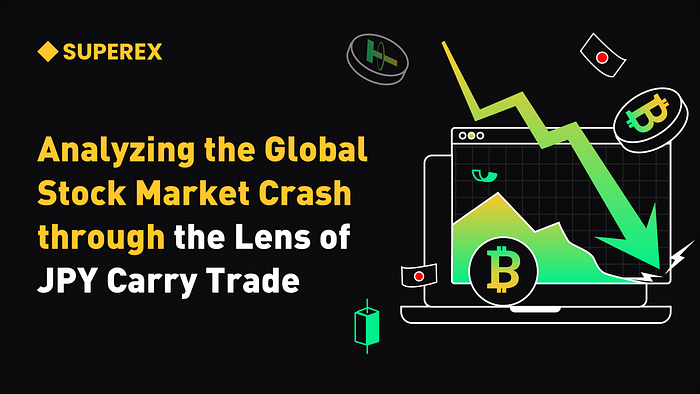
Content Summary
The core reason for the global financial market crash this time is the aggressive interest rate hike of the Japanese yen, leading to a significant pullback in risk assets led by U.S. technology stocks. This has amplified the impact of the U.S. financial market due to poor economic data and high interest rates, ultimately leading to a panic crash in the stock market led by U.S. technology stocks, which in turn has brought down the global stock market.
- Click to register SuperEx
- Click to download the SuperEx APP
- Click to enter SuperEx CMC
- Click to enter SuperEx DAO Academy — Space
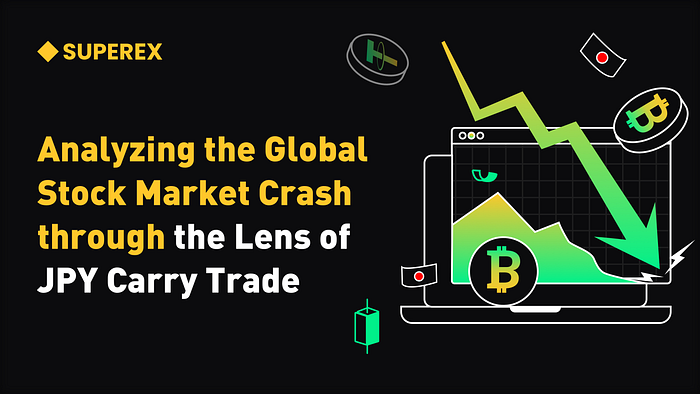
On August 5th, the cryptocurrency market encountered a “Black Monday.” Bitcoin plummeted 15% within 24 hours, breaking below $53,000; Ethereum fell 30% within 24 hours to around $2,100, erasing the gains since 2024; other altcoins fell even more tragically.
The performance of the traditional financial market was no different:
Japan’s two major stock market indices, the Nikkei and the Topix, closed down more than 12%, setting the largest single-day drop since the 1987 stock market crash.
U.S. stock indices also suffered heavy losses, with the S&P 500 and the Nasdaq falling 4.2% and 6.3% respectively, although they have now rebounded slightly.
From traditional finance to cryptocurrency investors, panic has set in, sparking speculation that the Federal Reserve may need to intervene quickly. Essentially, the “Black Monday” of the cryptocurrency market this time was influenced by the traditional financial market and was “brought down” by it. The fundamental reason can be explained in one sentence: due to the aggressive interest rate hike of the yen, it led to a significant pullback in risk assets led by U.S. technology stocks, amplifying the impact of the U.S. financial market due to poor economic data and high interest rates, ultimately leading to a panic crash in the stock market led by U.S. technology stocks, which in turn has brought down the global stock market.
The key factor in this was the JPY Carry Trade, humorously called “Mrs. Watanabe.”
What is JPY Carry Trade?
Regarding JPY Carry Trade, it starts with Japan’s economic background. Since the burst of the Japanese bubble economy in the early 1990s, the economy fell into a long-term stagnation, entering the so-called “lost twenty years.” During this period, the Bank of Japan has always maintained a low-interest-rate policy to stimulate economic growth and combat deflation. This policy environment has made the yen the preferred currency in global carry trade. Investors can borrow yen at a low cost and then invest these funds in currencies or assets with higher interest rates to earn profits. This low-interest-rate environment has provided fertile ground for yen carry trade.
The rise of former Japanese Prime Minister Shinzo Abe brought JPY Carry Trade to its peak. The series of economic policies introduced by Shinzo Abe in 2012 aimed to stimulate economic growth, end long-term deflation, and address the structural issues of the Japanese economy.
There are two particularly bold aspects of the monetary policy:
1. The Bank of Japan implemented a large-scale quantitative easing policy. This means that the Bank of Japan injects a large amount of funds into the market by purchasing government bonds and other assets to lower interest rates and increase liquidity.
2. The Bank of Japan officially introduced a negative interest rate policy in 2016. This policy aims to further reduce the lending costs between banks, encouraging more funds to flow into the real economy, thereby promoting consumption and investment, and raising inflation expectations.
Against this backdrop, the global yen carry trade has been carried out vigorously. The market has given an interesting name to the traders who do this carry trade, called “Mrs. Watanabe.”
“Mrs. Watanabe” has supported the double act of the rise of the U.S. stock market and the interest rate hikes by the Federal Reserve.
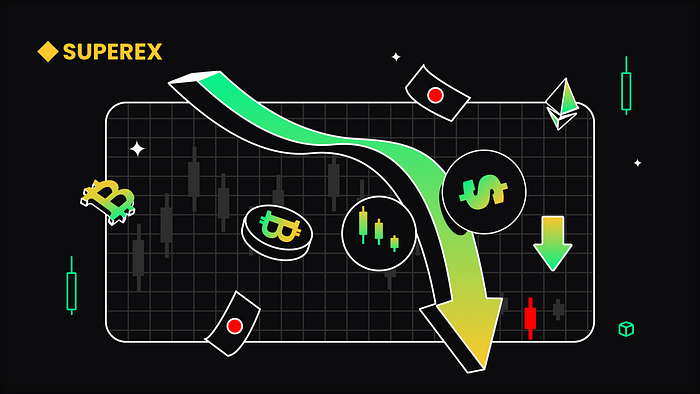
According to normal economic logic, the Federal Reserve’s long-term interest rate hike policy is not conducive to the stock market. However, with the addition of “Mrs. Watanabe,” this incredible thing really happened and lasted for a long time.
The death of “Mrs. Watanabe” has led to a sudden collapse of the unprepared U.S. stock market.
As mentioned above, the yen has long been subject to JPY Carry Trade, leading to the inflow of funds into the U.S. stock market, which is the fundamental reason why the U.S. dollar has been continuously raising interest rates, and the U.S. stock market is still soaring.
The sudden interest rate hike of the yen, especially the aggressive rate hike, has led to a fundamental change in the situation. The Bank of Japan decided to raise interest rates at the monetary policy decision meeting on July 31, raising the original policy interest rate of 0–0.1% to 0.25%. It will be implemented from August 1st, and announced a gradual reduction in the monthly bond purchase scale to 3 trillion yen, with a degree of tightening beyond market expectations. The yen’s monetary tightening policy led to a surge in the yen, and the U.S. dollar to yen exchange rate soared from 160 to 145.
Subsequently, the Japanese stock market plummeted, with the Nikkei index falling about 15% in three trading days, falling 20% from the mid-July high, falling into a technical bear market.
Japan’s rate hike also directly led to a significant pullback in risk assets led by U.S. technology stocks. Without the support of huge liquidity, the U.S. stock market plummeted directly, bringing down the global stock market and even spreading to the cryptocurrency market.
Of course, panic is completely unnecessary. As the Federal Reserve begins to cut interest rates, the United States is about to start a new round of monetary easing. With more and more U.S. dollars entering the capital market, it is believed that the cryptocurrency market will also rise with the tide. At the same time, the market will eventually stabilize after digesting the policy of raising interest rates.



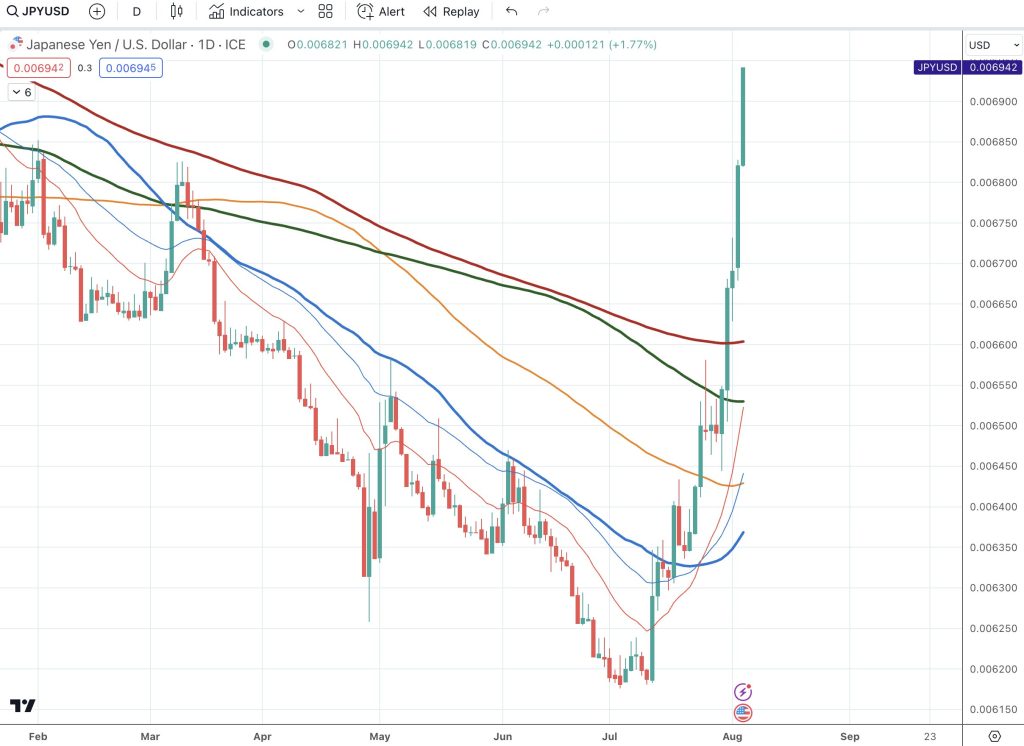


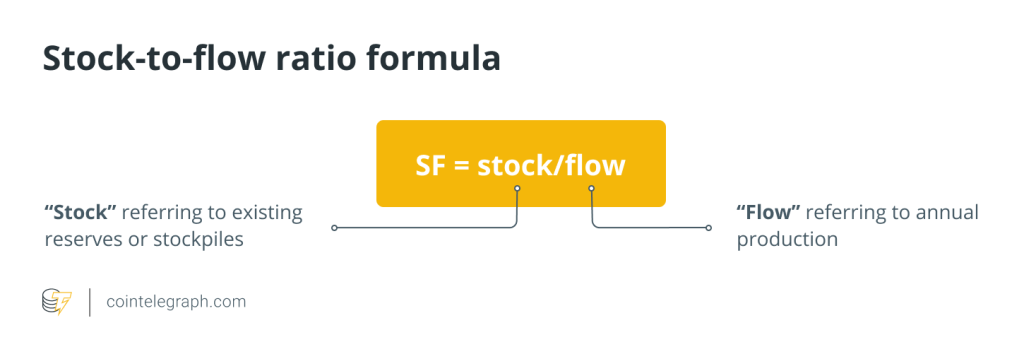
Responses